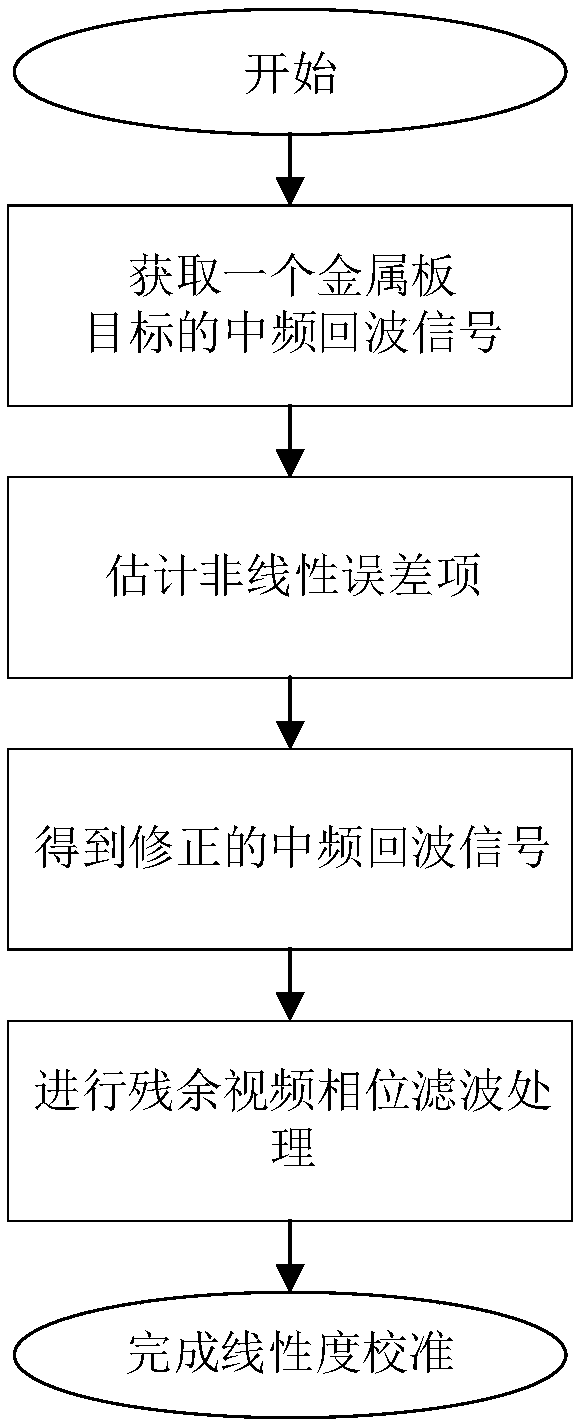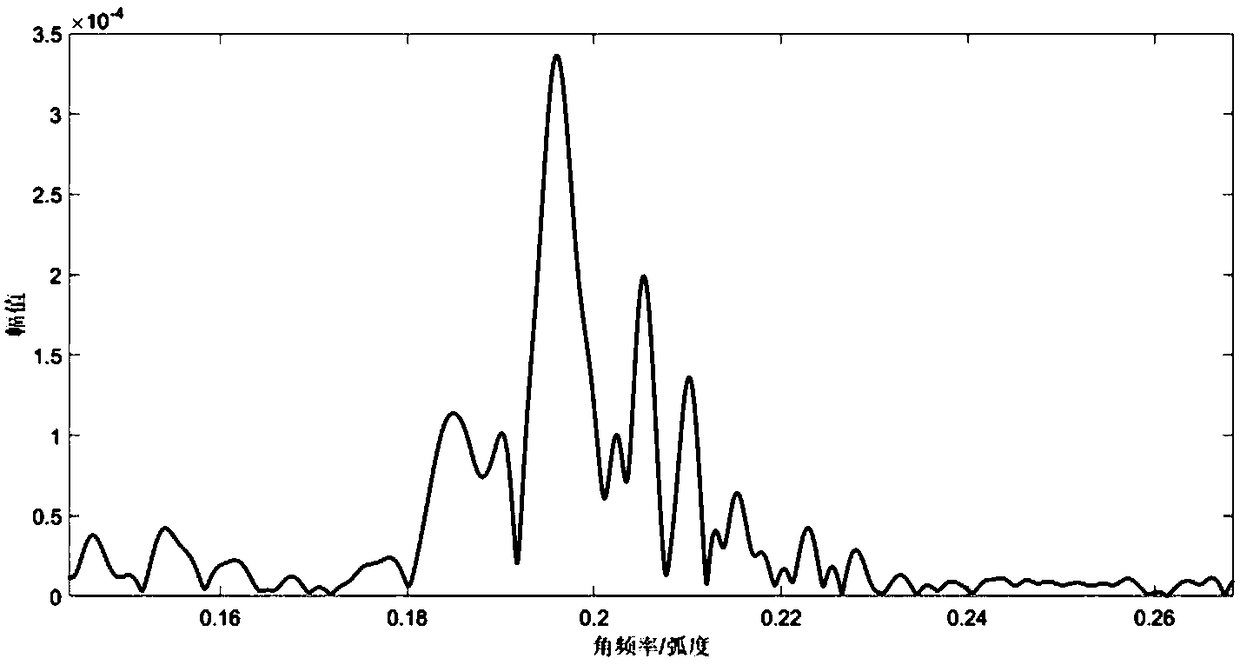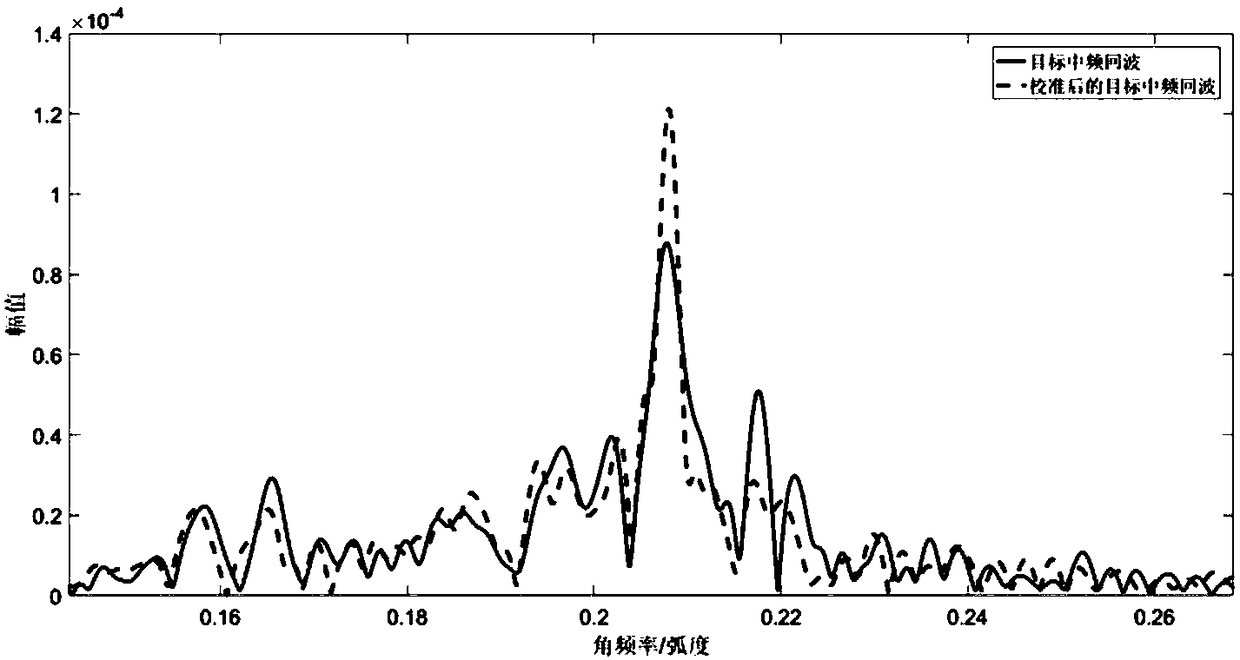Linearity calibration method of small depth-of-field linear frequency-modulated continues wave radar
A frequency-modulated continuous wave and depth-of-field linear technology, applied in the field of testing, can solve problems such as increasing system complexity, restricting resolution, and deteriorating the stability of radar work, improving calibration accuracy, simplifying calibration steps, and reducing requirements.
- Summary
- Abstract
- Description
- Claims
- Application Information
AI Technical Summary
Problems solved by technology
Method used
Image
Examples
Embodiment Construction
[0021] The present invention will be described in detail below with reference to the accompanying drawings and examples.
[0022] The present invention first estimates the nonlinear error based on the echo signal of a metal plate target, and then completes the nonlinear calibration of all target intermediate frequency echoes in the upward distance in real time, accurately and effectively according to the estimation result. Such as figure 1 As shown, it specifically includes the following steps:
[0023] Step 1. Obtain an intermediate frequency echo signal S of a metal plate target b '(n);
[0024] Place a metal plate target with strong reflectivity within the depth of field range of the linear frequency-modulated continuous wave radar with small depth of field, and record the intermediate frequency echo signal S of this target b '(n), which can be expressed as
[0025]
[0026]
[0027] Where n is a discrete time, rect(n) represents the time window, T is the frequenc...
PUM
 Login to View More
Login to View More Abstract
Description
Claims
Application Information
 Login to View More
Login to View More - R&D
- Intellectual Property
- Life Sciences
- Materials
- Tech Scout
- Unparalleled Data Quality
- Higher Quality Content
- 60% Fewer Hallucinations
Browse by: Latest US Patents, China's latest patents, Technical Efficacy Thesaurus, Application Domain, Technology Topic, Popular Technical Reports.
© 2025 PatSnap. All rights reserved.Legal|Privacy policy|Modern Slavery Act Transparency Statement|Sitemap|About US| Contact US: help@patsnap.com



